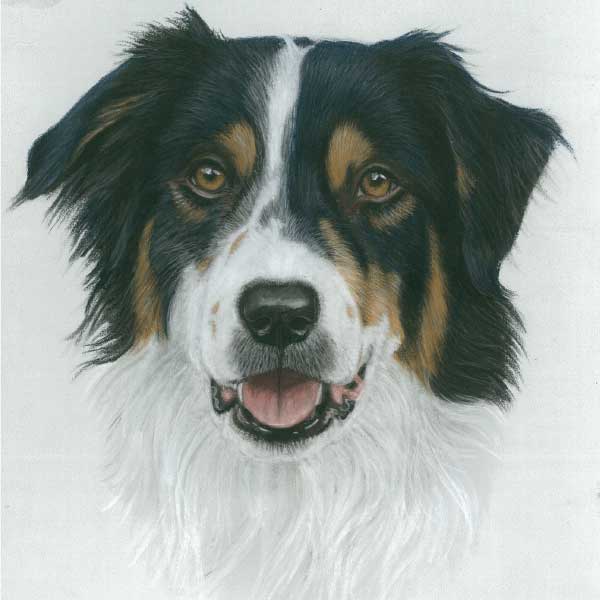Every artist faces the challenge of finding inspiration…

… that spark that gets the creative process flowing. The good news? Inspiration is all around you! Whether you’re drawn to wildlife, pets, or the natural world, there’s no shortage of subjects to explore.Sometimes, the best ideas are right under your nose—literally! Your own pets, local wildlife, and even your backyard can be a treasure trove of creative possibilities.
Here’s where to look for your next wildlife or pet portrait project!
1. Start Close to Home: Your Pets & Local Wildlife 🐶🐱🐦
One of the most accessible and rewarding subjects is your own pet. Dogs, cats, birds, or even small animals like rabbits and hamsters have unique features, expressions, and personalities that make for beautiful, meaningful portraits.
🔹 Try This Exercise:
- Take a close-up photo of your pet’s eyes, nose, or fur texture and use it as a reference for a detailed drawing.
- Observe how their fur or feathers catch the light and practice shading techniques to capture realism.
💡 Pro Tip: If you don’t have a pet, visit a local park or nature reserve—squirrels, birds, or even insects can make fantastic subjects!
2. Explore Nature for Endless Inspiration 🍃🦌🌿
Nature is an incredible source of artistic inspiration. From towering trees to intricate leaves and stunning wildlife, every landscape has a story to tell.
🔹 Try This Exercise:
- Go on a walk and take reference photos of textures—bark, leaves, rocks, or animal tracks.
- Sit in nature for a few minutes and sketch what you hear and see—even simple line drawings can spark bigger ideas!
💡 Pro Tip: Try a seasonal theme—winter wildlife, autumn forests, or springtime animals to keep your projects fresh.
3. Study Wildlife Photography & Documentaries 📸🎥
If you’re looking to expand your wildlife art, professional wildlife photographers and documentaries are a goldmine for inspiration.
🔹 Try This Exercise:
- Browse wildlife photography books or websites for composition ideas.
- Watch a nature documentary and pause at an interesting animal pose—sketch it in real-time to improve your observation skills.
💡 Pro Tip: Many wildlife photographers share their work for artistic inspiration—always credit your references if you use them in your artwork!
4. Visit a Zoo, Sanctuary, or Aviary 🦜🐆🦓
Seeing animals up close allows you to study their movement, anatomy, and expressions in a way that photos can’t always capture.
🔹 Try This Exercise:
- Take a sketchbook and do quick gesture sketches of animals in motion.
- Focus on their shapes and posture rather than details—this helps capture their energy and personality.
💡 Pro Tip: Some zoos and sanctuaries have live animal cams—a great way to observe animals in a natural setting without leaving home!
5. Use Your Imagination & Storytelling 🎨📖
Art doesn’t always have to come from real-life references—sometimes, the best inspiration comes from your imagination.
🔹 Try This Exercise:
- Imagine a wildlife scene—perhaps a tiger in the mist or an eagle soaring over mountains.
- Sketch a rough composition and build on it with textures, lighting, and color choices to create an original piece.
💡 Pro Tip: Combine elements from different sources—a bird from a park, a sunset from a vacation, or a mythical animal twist—to create something truly unique!
Where Will Your Next Art Project Take You?
Inspiration is everywhere—from your pet curled up beside you to the wild landscapes outside your door. Whether you’re drawing a beloved pet portrait or capturing the beauty of nature, the key is to stay curious and observe the world around you.
🐾 What’s your next wildlife or pet-inspired project? Let me know in the comments!
🎨 Want to refine your skills? Check out my 6-week wildlife drawing course and start creating stunning animal portraits today!
Would you like any adjustments to match your brand tone or audience? 😊
4o
